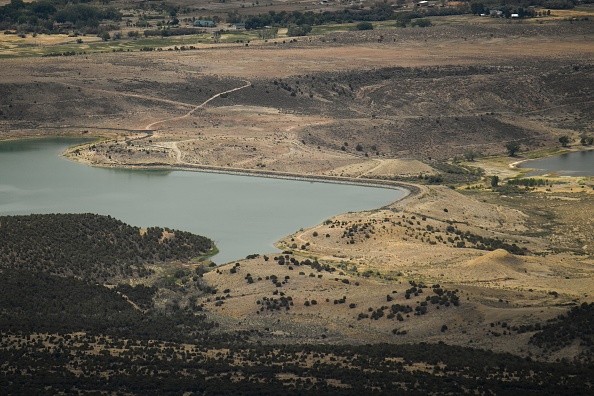An exceptional drought in the West, together with desiccated lakes and reservoirs, implies there will be insufficient water for hydroelectric energy, farms, and domestic use.

Drought
There are signs of a dry present and future across the western United States. From wildfires blazing across the Pacific Northwest to the shrink reservoirs in California, it seems the earth is very parched for the second summer consecutively.
75.6 million individuals are surviving under drought conditions as of July 22, as per the US Drought Monitor, a weekly report released by hydrology experts at the US Department of Agriculture, the National Oceanic and Atmospheric Administration, and the University of Nebraska National Drought Mitigation Center, Lincoln. As per the report, one-quarter of the continental United States is under "extreme or exceptional drought."
In spite of some summer rains in portions of the desert Southwest towards the beginning of July, experts reveal this condition will possibly get worse in the months to come, and that the cities in the region and farms should brace for potential shortages of both water and electricity.
Lack of Rainfall
Assistant professor of climatology at the Desert Research Institute in Nevada, who studies the trigger and effects of western droughts, Dan McEvoy, said: "The spatial coverage of drought in the West is huge right now. Nearly every state, or every state in the western US, has some level of drought. And California is pretty bad."
As he conversed with Wired during his vacation last week, a civil engineering professor at UC Davis, Jay Lund, was sailing a boat - his family's 36-foot - passing by a new 800-foot rock wall across a part of the San Francisco Bay Delta.
The delta - 1,100-square-mile, forms where the Sacramento and San Joaquin Rivers join and is a habitat to 750 species of wildlife and plants. But due to this year's insufficient rainfall, and limited snowpack in the Sierra Nevada mountains, both rivers aren't moving enough to keep saltwater from the close by San Francisco Bay moving upstream and getting into the delta.

The Emergency Project
Lund said: "This is an extreme drought," while delaying his action for a breeze to pick up-the third driest on California record, behind the 1976 and 1924 droughts, since record-keeping started in the early 20th century.
The thinly distributed rainfall and low water levels are one reason state officials in June constructed a $10 million emergency project that has a similar size to San Francisco's Transamerica Pyramid laid on its side in order to prevent ocean saltwater from flowing into the delta. The state officials hope to protect its freshwater sources, which are redirected to massive pumps that supply drinking water to 27 million residents in California from San Jose to Los Angeles, and irrigation water to agriculturists across the fertile Central Valley.
Related Article : California Drought Putting Trees in Bay Area 'Under Stress'
For more news, updates about extreme heat and similar topics don't forget to follow Nature World News!
© 2025 NatureWorldNews.com All rights reserved. Do not reproduce without permission.





